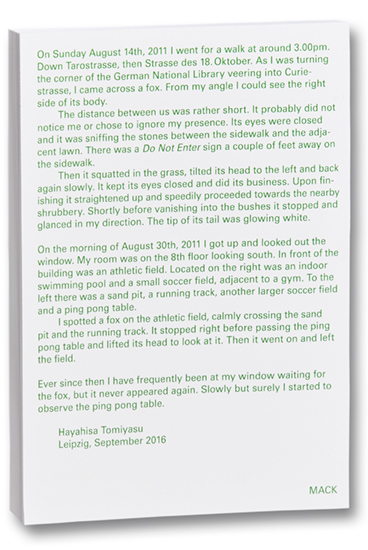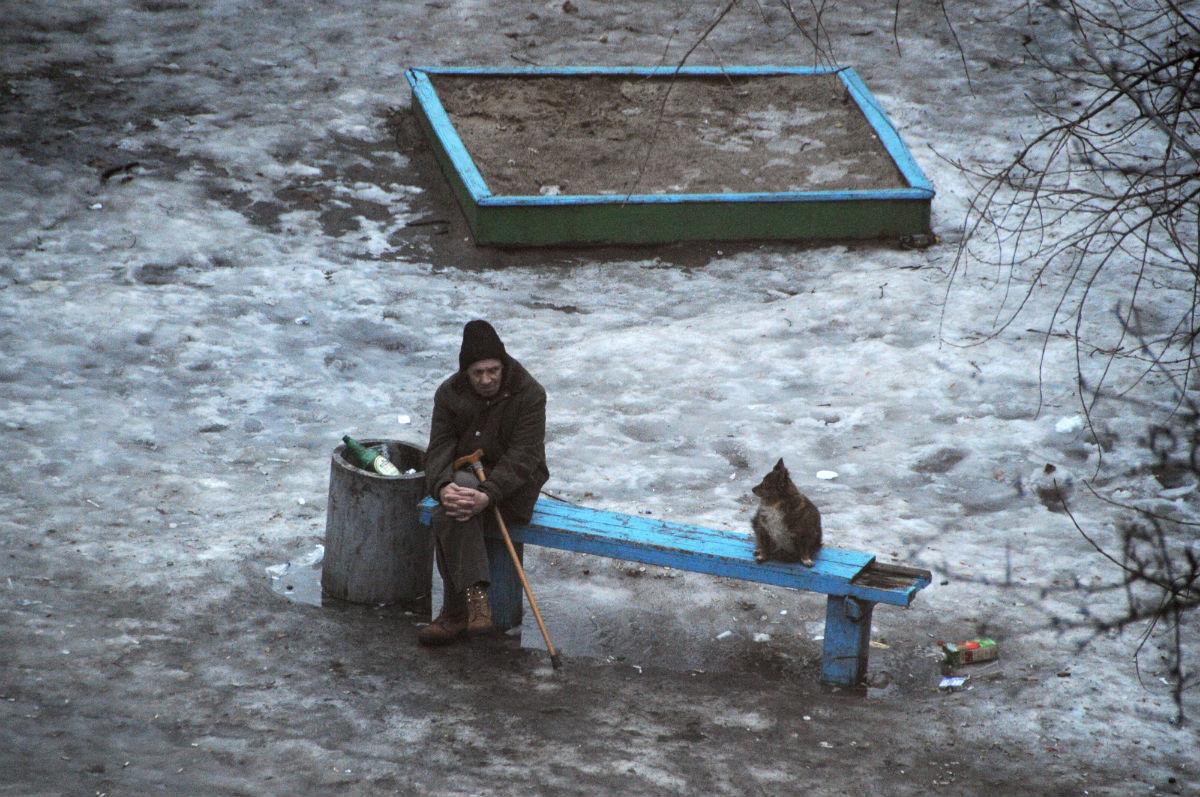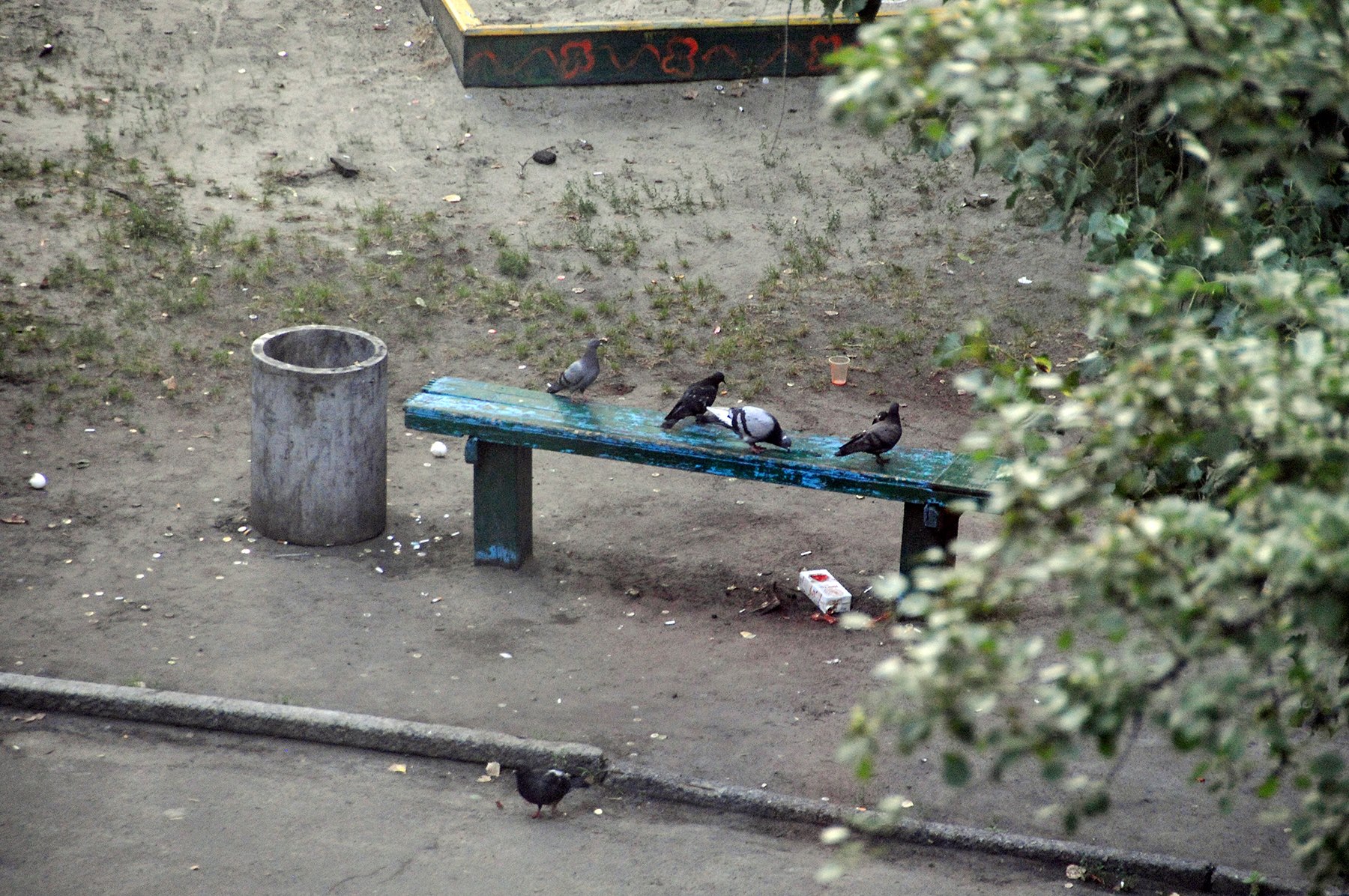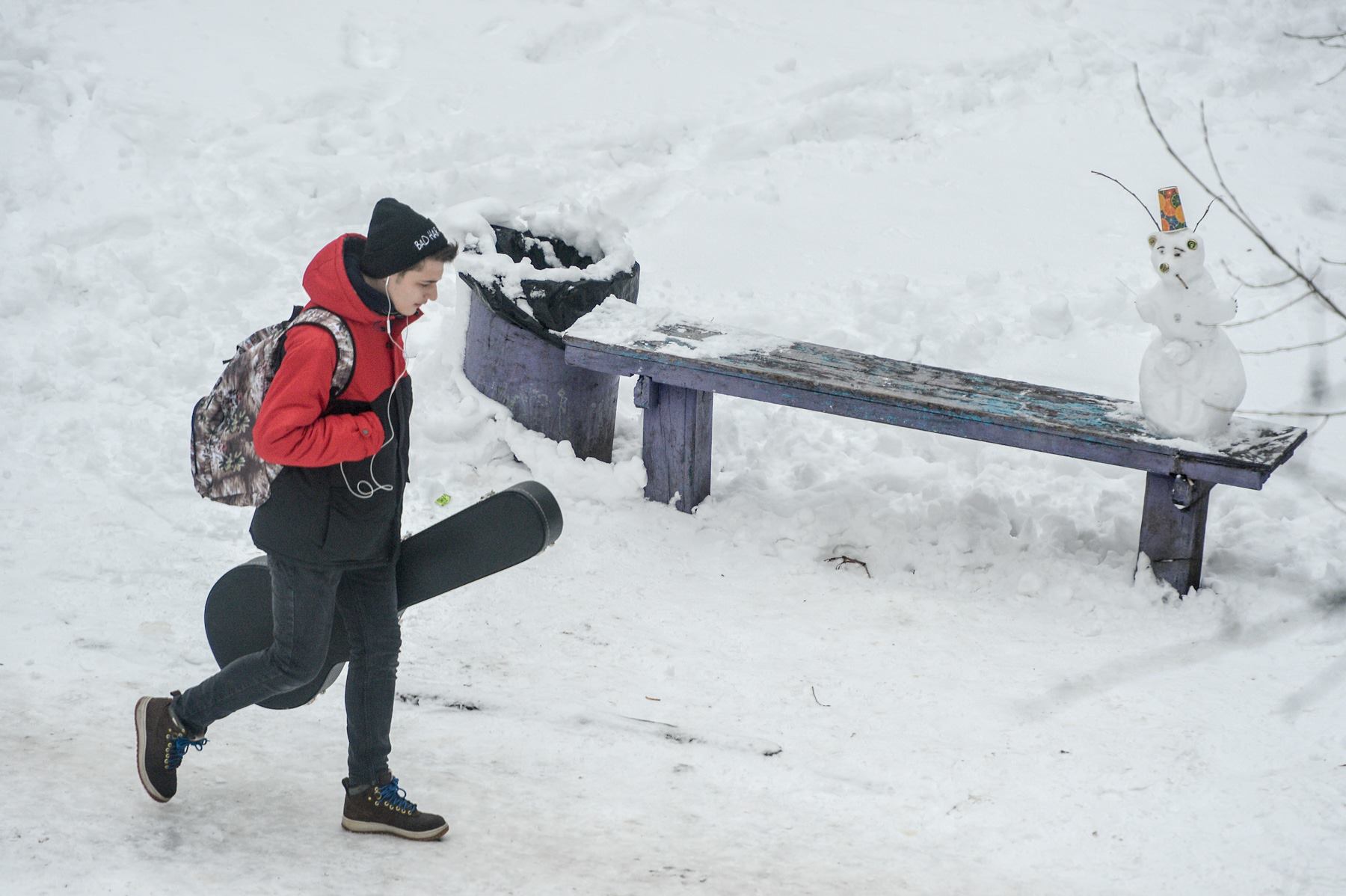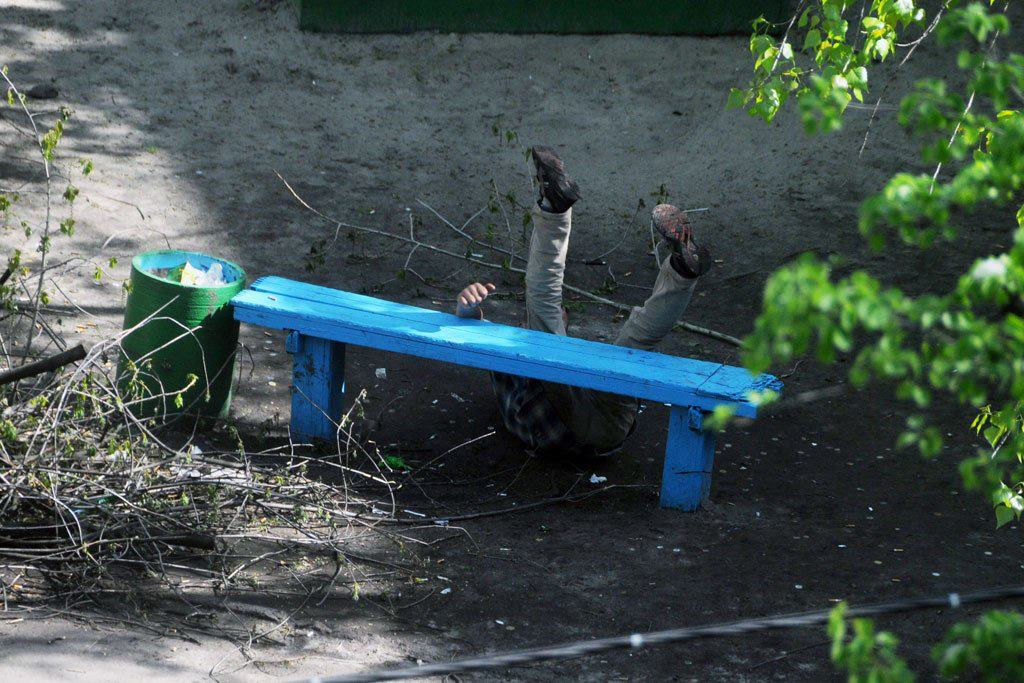After much research I believe personally that reality is the form of three situations, possibility, dependency and circumstances within action.
Possibility to me is the chance of reality. Reality is not a given or something you are able to predict. Such as being older than someone does not stop the younger person from dying first. These harsh truths show the possibility of we do not know what effects, illness or situations we will come through during our life. Possibility is also a large part of chance, chance is something uncontrollable, and no one can know what the chance of something happening is. Because of this I think it would be interesting to capture some scenarios that capture how everything in life is a risk and matter of timing. this could be a balloon before it burst or perhaps the weather before a storm or even adding my concept of political emotions showing a narrative of something getting evicted or possible literally falling down. When I researched It come up within many fast shutter speed shots in order to cpature the action a apiece has. However I could focus on the side of nature and the beauty nature holds, And the chance something incredible would happen in nature, this could be a sun set or rise, people having twins and many occasions that would not be expected to happen in peoples realities. 
This has forever been an ongoing concept, because of this I believe using achieve pictures and editing them in such a way to demonstrates the circumstance of reality would be incredibly interesting.Dependency is the relationships people have within each other and how their actions cause a dependent reaction which causes the reality. This is a sense of action and reaction. dependency also has strong implementations of a weight. This weight could be the cause of emotional trauma, political instances or a literal weight and harsh imapct. This is a clear demonstration of the balancing of nature and the relationship of trust. I could use this narrative to track people and one person calling and showing clear demonstrations of trust and someone being dependent. however I could enlarge this through a large political instance of who everyone in the world is infact dependent on eeach other. We as a society cannot and will not be able to functions without eachers, as they help with medicine ,housing, money, economy but most importantly we need ot look after other. I think a large ignorance of dependency and a fault at our core is ignorance. How the western world ignorances the cries of those in need in the south and east.
circumstances. This is the godly benefit of being born in a circumstance better than others. Circumstance is also the determinate of where you are when and how this could lead onto the causation of what happens to you. No one has the ability to control who their family is or where stye are born and raised. Because of this many negative an unhappy relationships are formed,this could be caused but he environment people are in or they way in which people treat them. Circumstances comes into the attitude of nature and fire very well into political landscape as it is an area governmentally controlled differently as you would like. Because of this many people, including some people in my family feel as though this is where they are not meant to be, Is this fate or a disappointing circumstance of action.
plan for shoot:
I want to create a alternate reality. To do so I will create an atmosphere that does not really exists, and capture actions that only happened for a s second and not what people would usually focus upon. tThe editing will be highly conceptual and forms ways in which is unconventional to portray the landscape itself. I will use my idea of circumstances by taking images where I was raised,This is my home, which I did not have a choice over but luckily the circumstances was not negative. However I think dependency goes hand in hand in capturing a reality of a place. trust and dependency is usually something seen within people, however I think I could relate this t landscape and nature and also further expand this to the power if nature of man itself. lastly I want to capture possibility and capturing rare photos us using fast shutter speed and such. This will be very different from my family shoot, however still based in my family home, but will relate more to political landscapes through these conceptual ideas and editing processes.

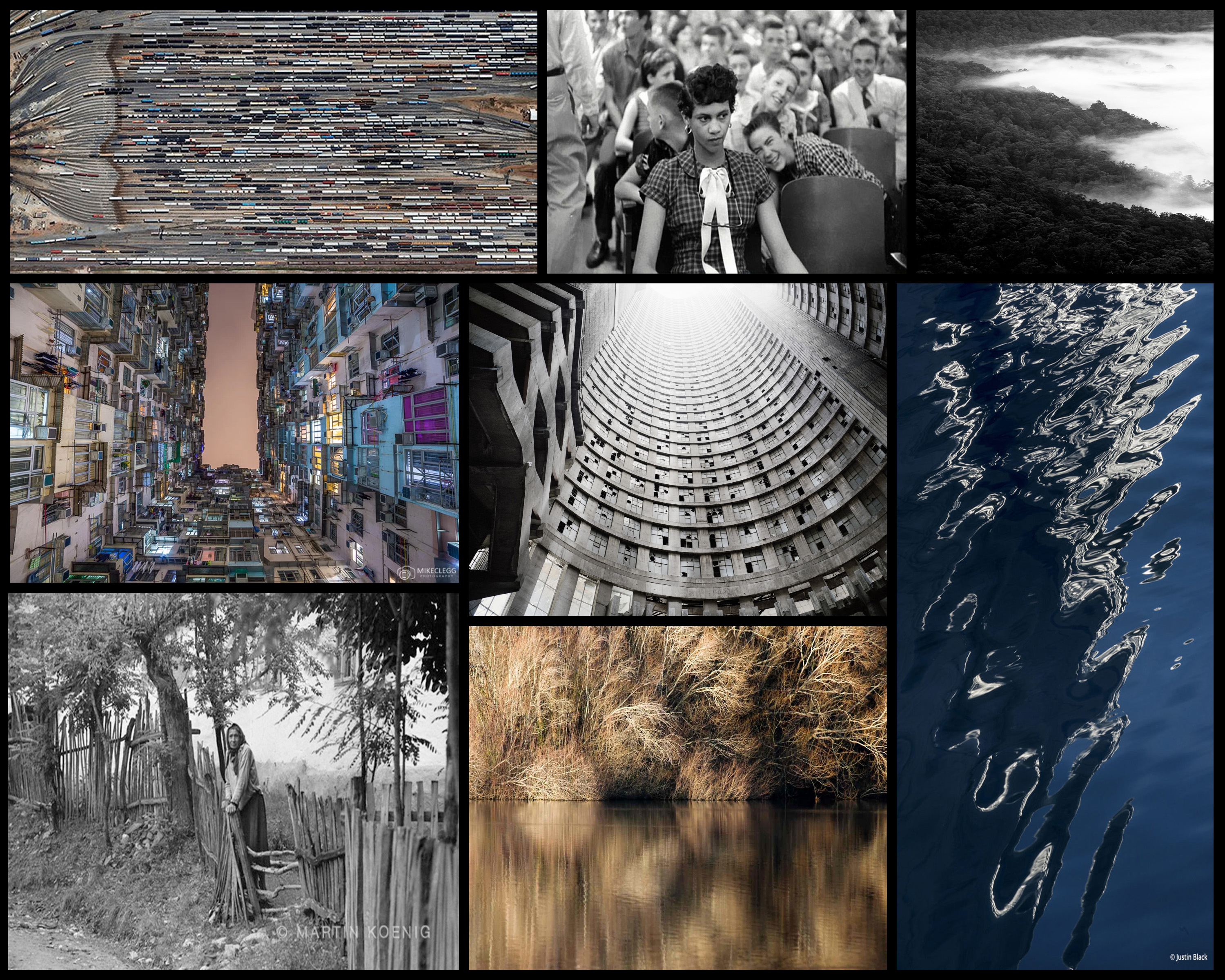 Leading examples of the certain photographers shown above interest me by looking at the subject of political landscapes in a more both a documentary and abstract approach than I would usually do. By doing this I could present my views and perspectives in a more implicit way rather than explicit, here are some mood-boards I have previously used in certain posts presenting the various photographers work:
Leading examples of the certain photographers shown above interest me by looking at the subject of political landscapes in a more both a documentary and abstract approach than I would usually do. By doing this I could present my views and perspectives in a more implicit way rather than explicit, here are some mood-boards I have previously used in certain posts presenting the various photographers work: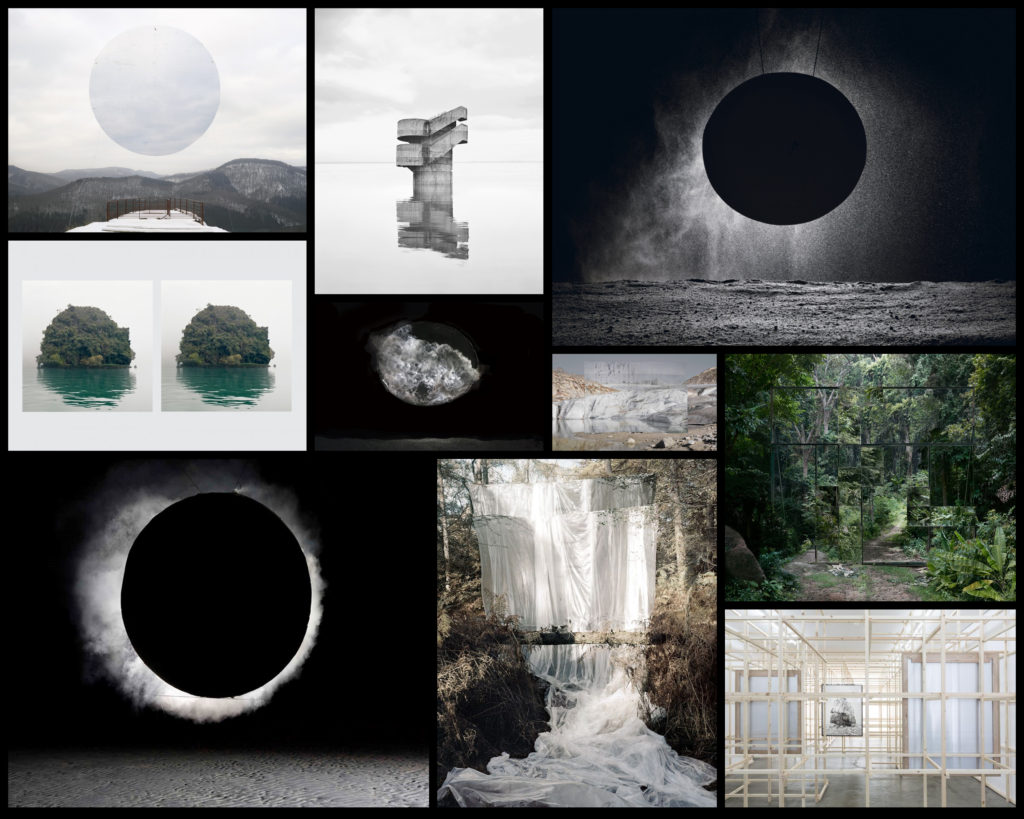
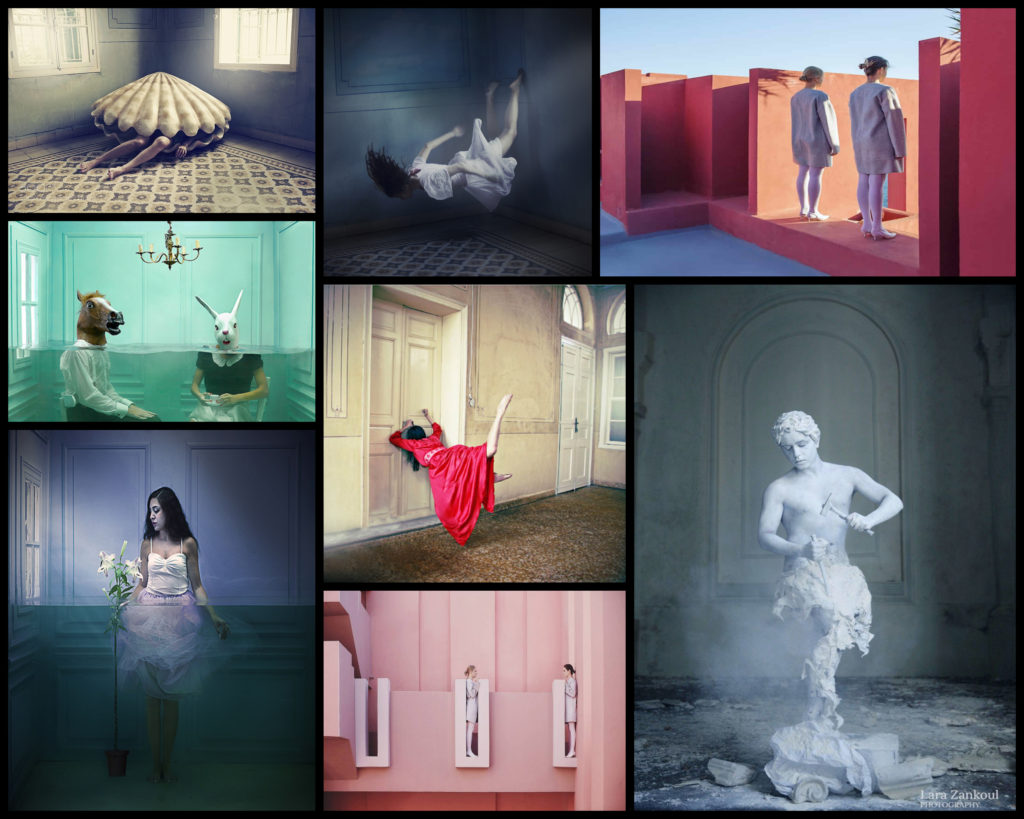
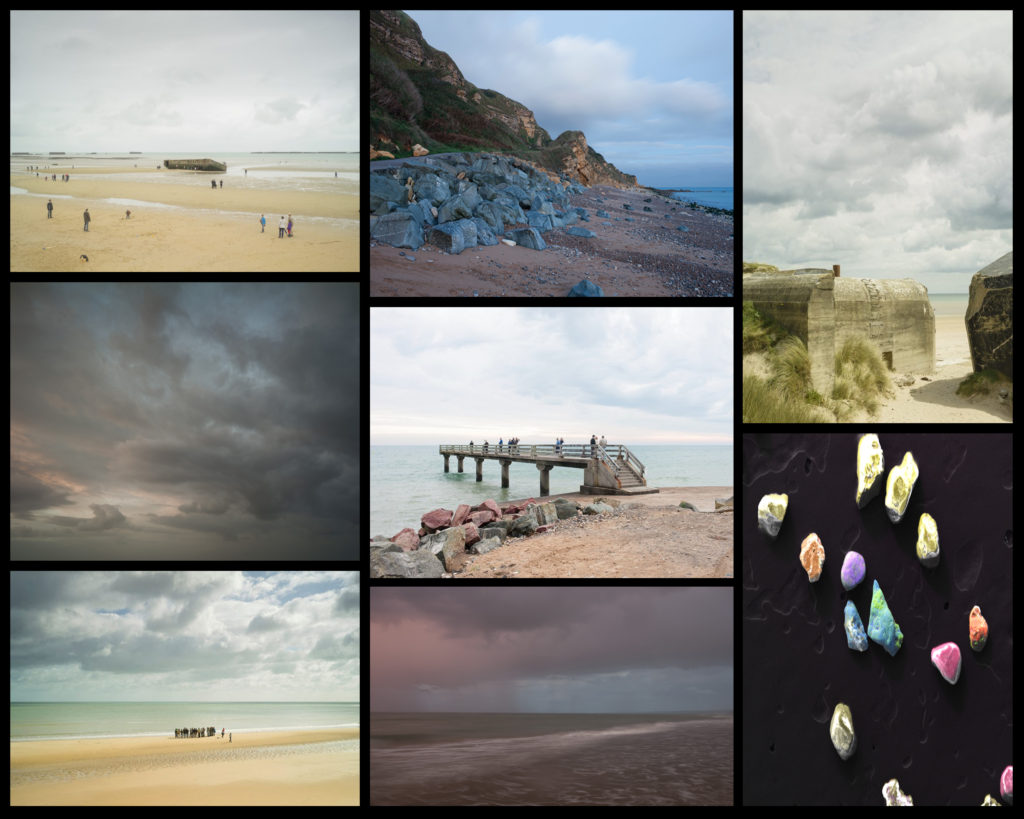
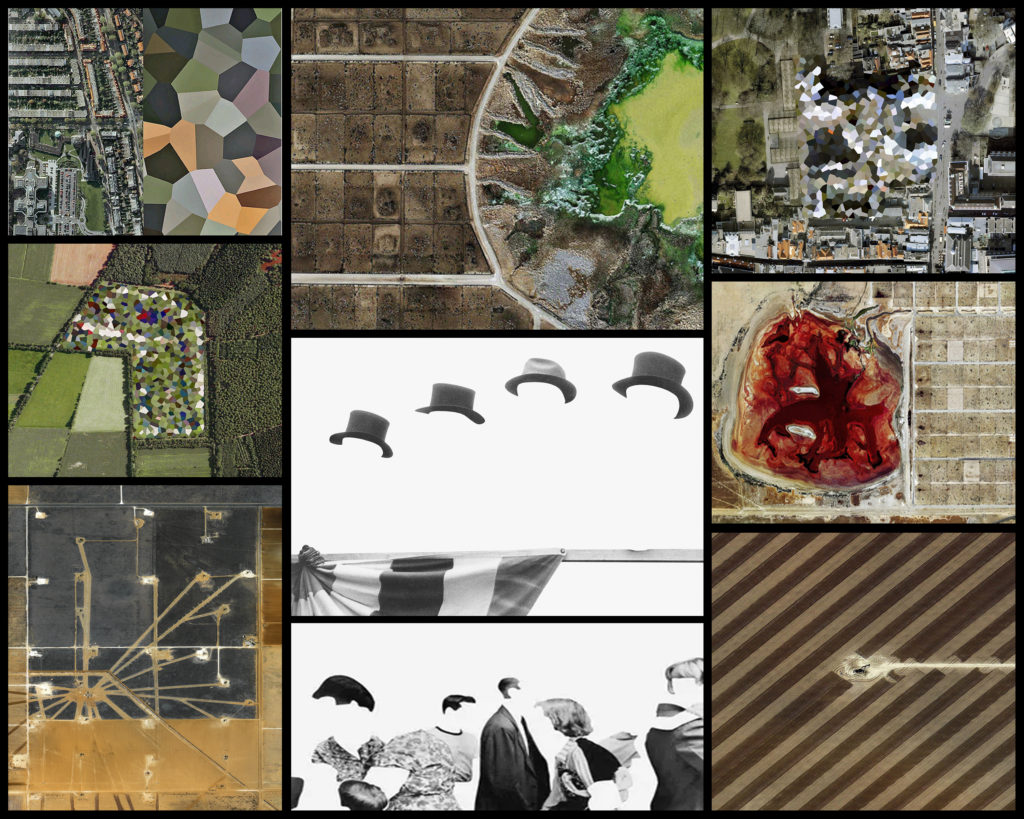

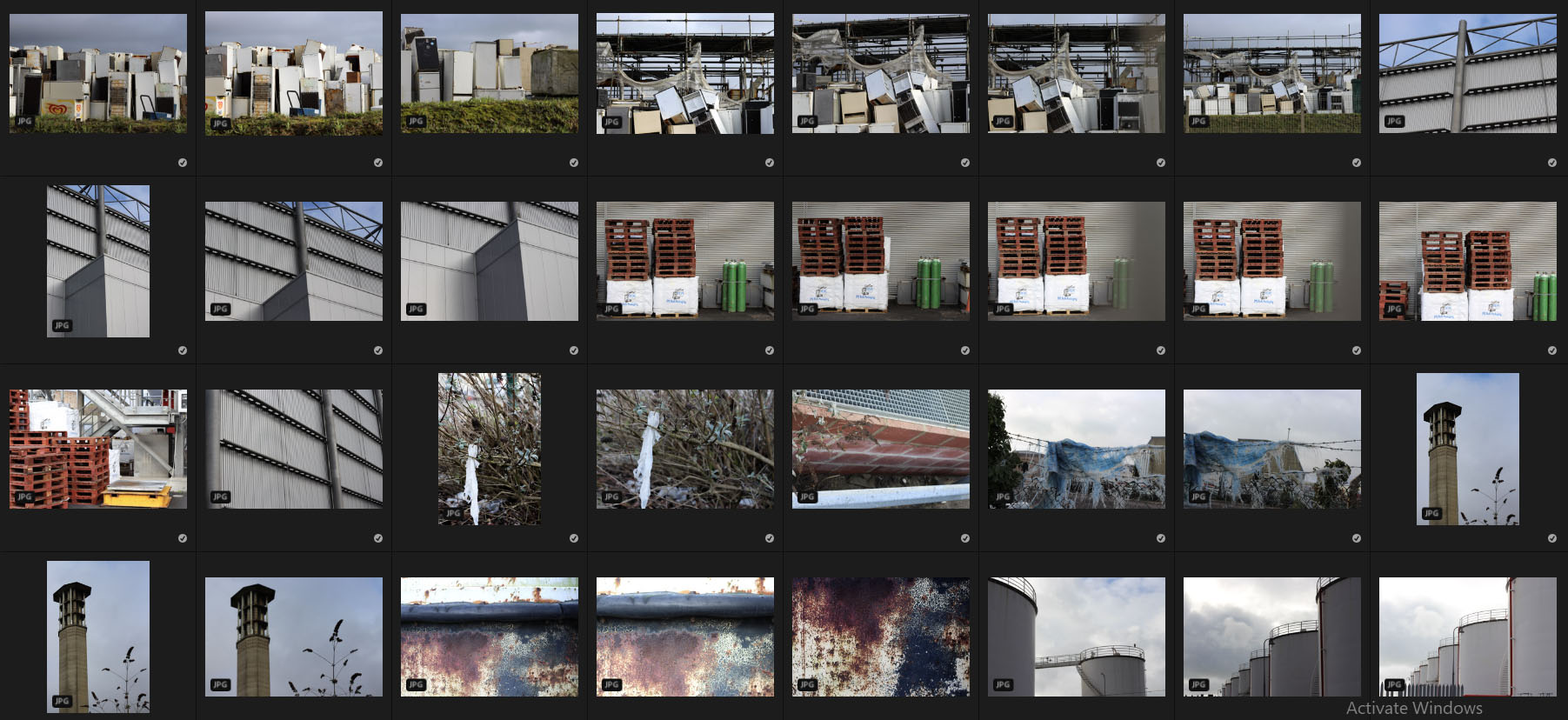
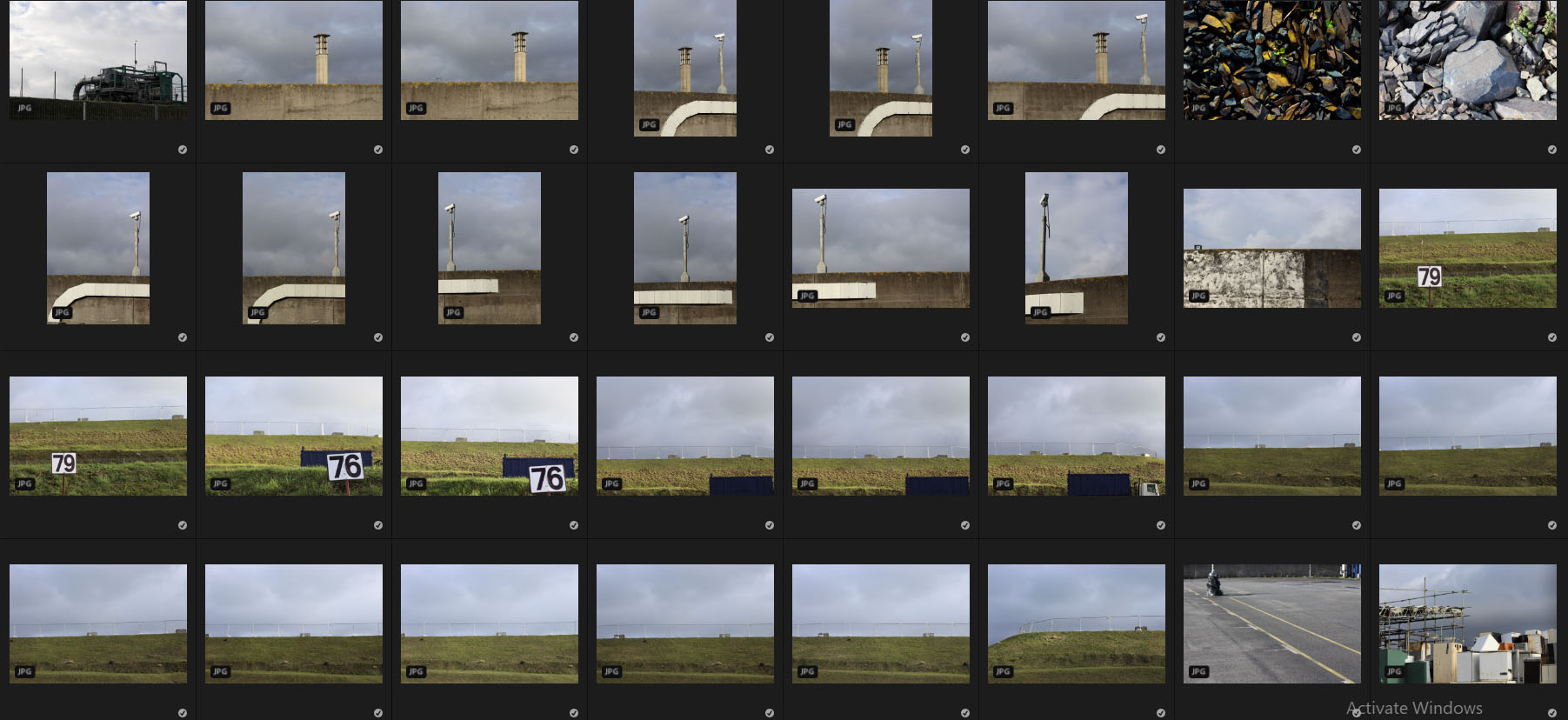
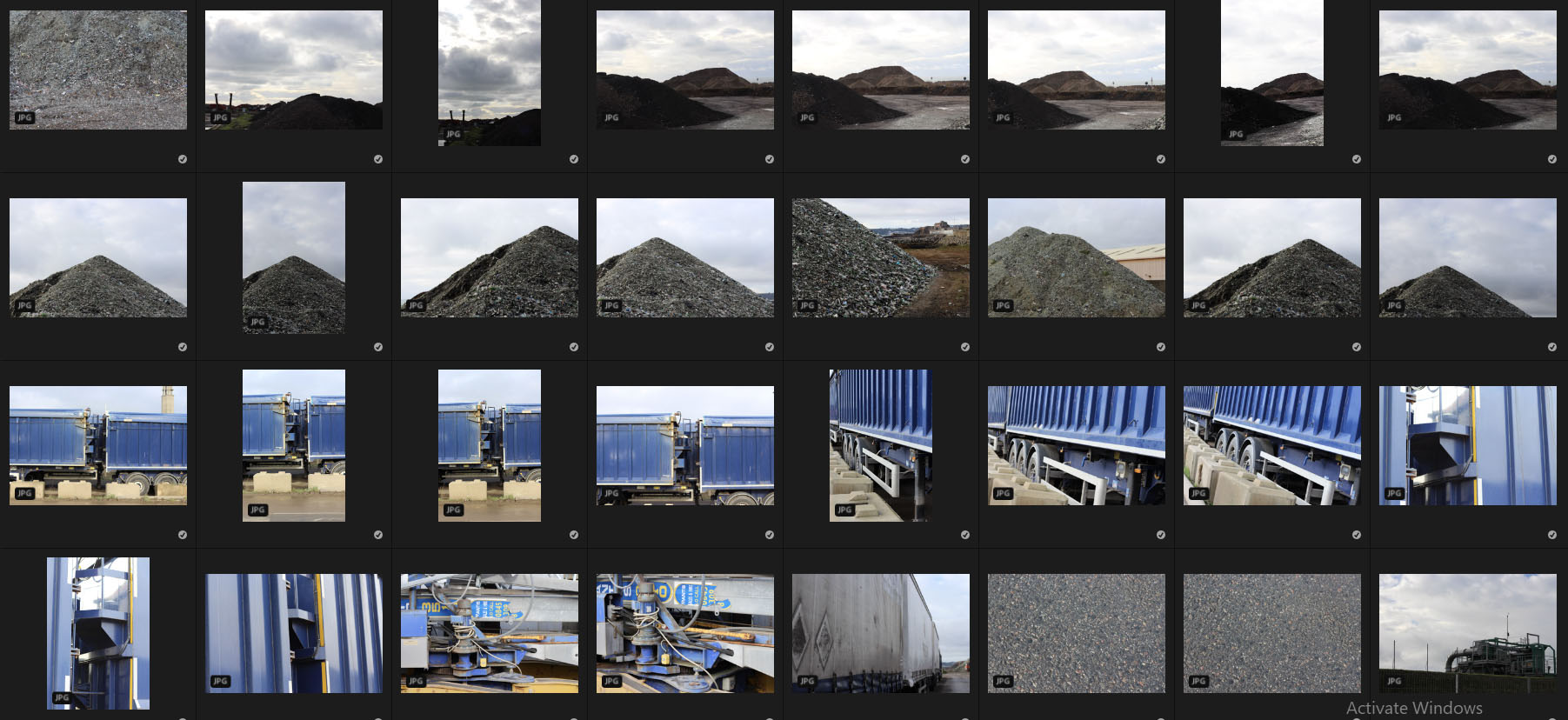
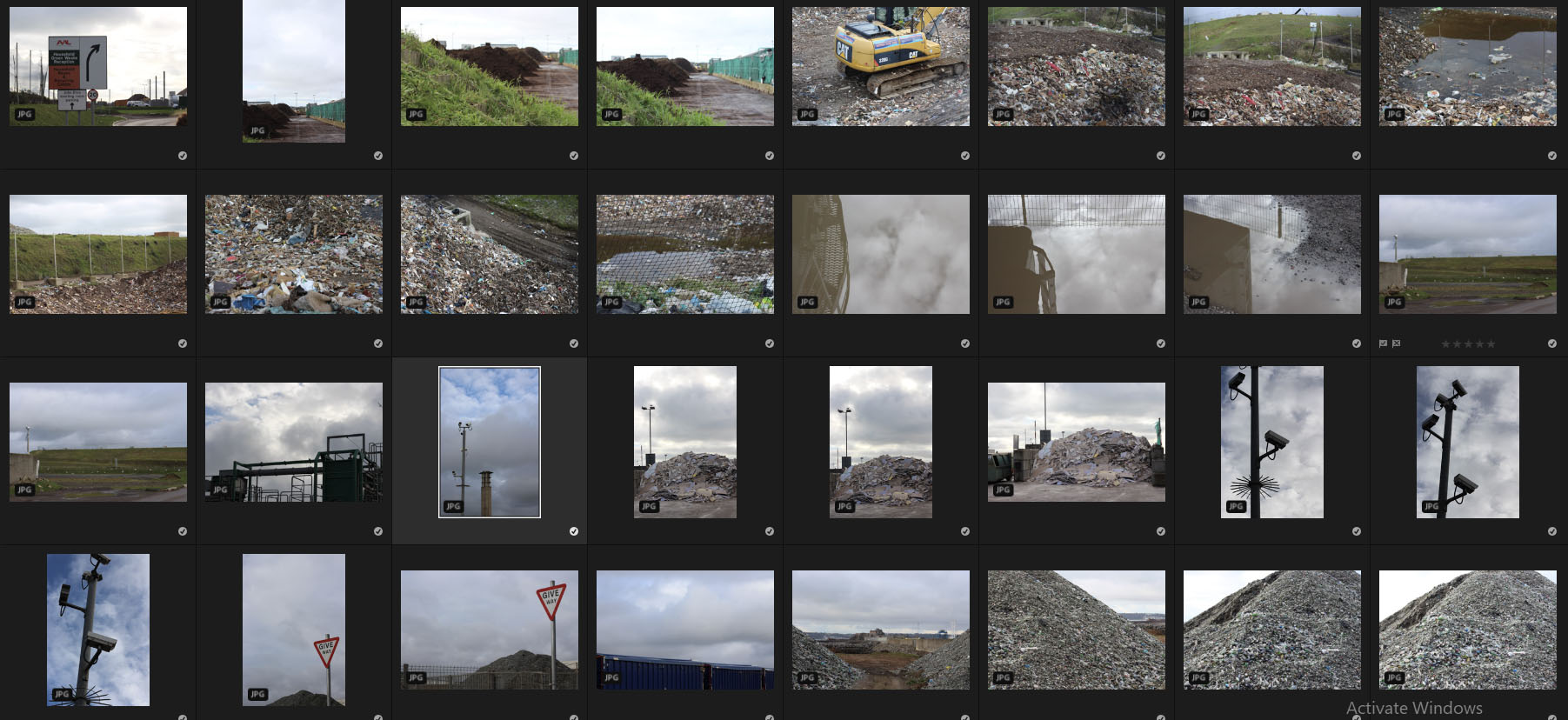
 Once I had finished with the shoot I decided it was time to select ten images that I thought best reflected and represented the photos overall, and how they related to my chosen topic. By doing this it would allow me later on to select an overall best image using the method of deduction. Here are my favorite images from the contacts sheets:
Once I had finished with the shoot I decided it was time to select ten images that I thought best reflected and represented the photos overall, and how they related to my chosen topic. By doing this it would allow me later on to select an overall best image using the method of deduction. Here are my favorite images from the contacts sheets: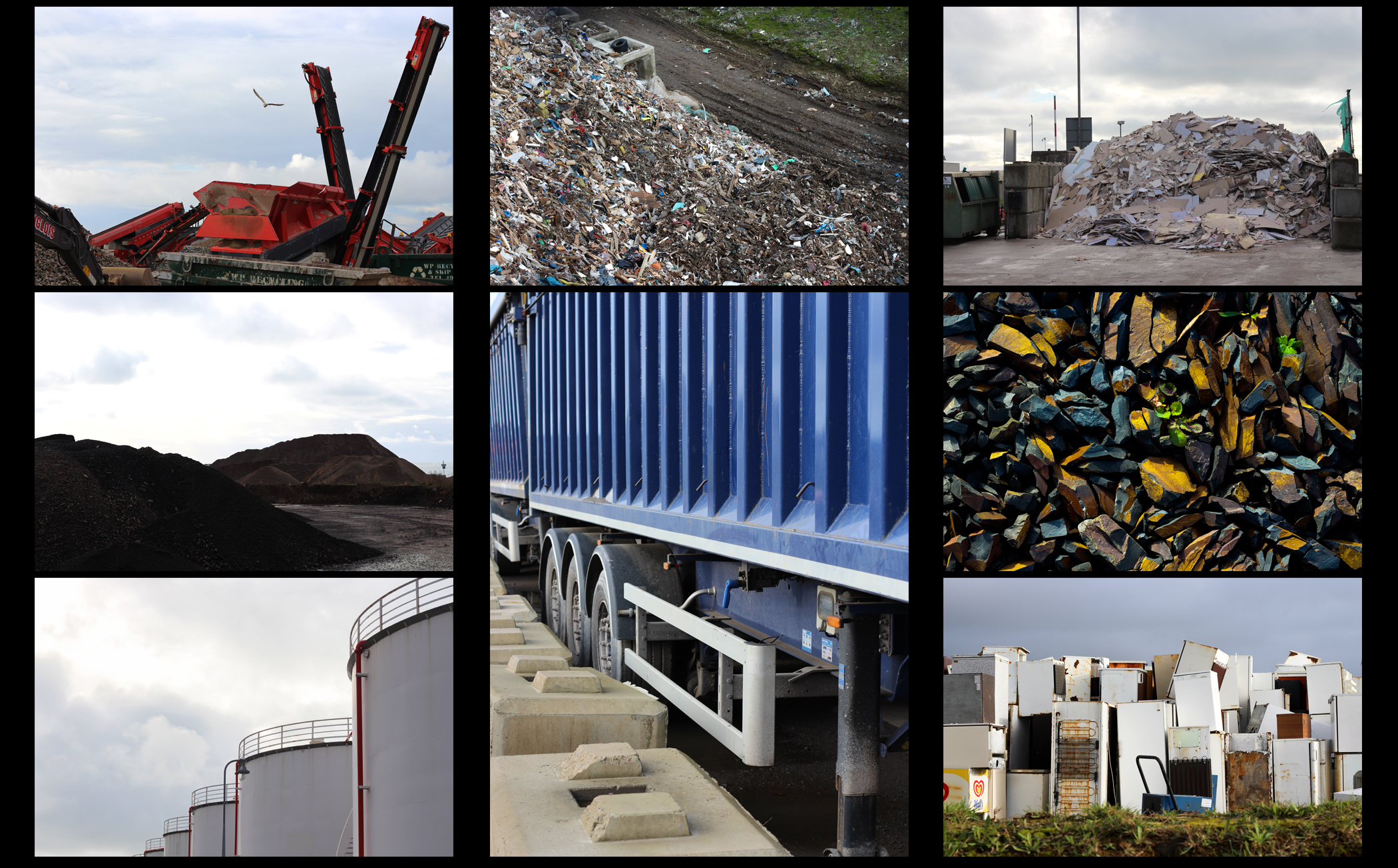 From here I then chose five of my best images out of the selection of ten, by doing this it would then allow me to analyze and study each image to greater detail, looking at the aspects that made me choose each picture. Here are my best five images from the shoot that I believe to reflect my intentions the best:
From here I then chose five of my best images out of the selection of ten, by doing this it would then allow me to analyze and study each image to greater detail, looking at the aspects that made me choose each picture. Here are my best five images from the shoot that I believe to reflect my intentions the best: I selected this image because of the clear contrast between the green grass and the now disposed of fridges. I found that this contrast really produced an insight into how the landscape had been changed due to the process of consumerism, and how careless we have become in the outcome of out waste. I particularly liked how the concrete block broke up the generic pattern created by the sky, fridges and grass, adding a new perspective into the landscape rubbish is dumped into. This is complimented through the use of the darkened sky which casts an overlying grim tone across the entire image, preventing any chance of vivid colours coming through.
I selected this image because of the clear contrast between the green grass and the now disposed of fridges. I found that this contrast really produced an insight into how the landscape had been changed due to the process of consumerism, and how careless we have become in the outcome of out waste. I particularly liked how the concrete block broke up the generic pattern created by the sky, fridges and grass, adding a new perspective into the landscape rubbish is dumped into. This is complimented through the use of the darkened sky which casts an overlying grim tone across the entire image, preventing any chance of vivid colours coming through. 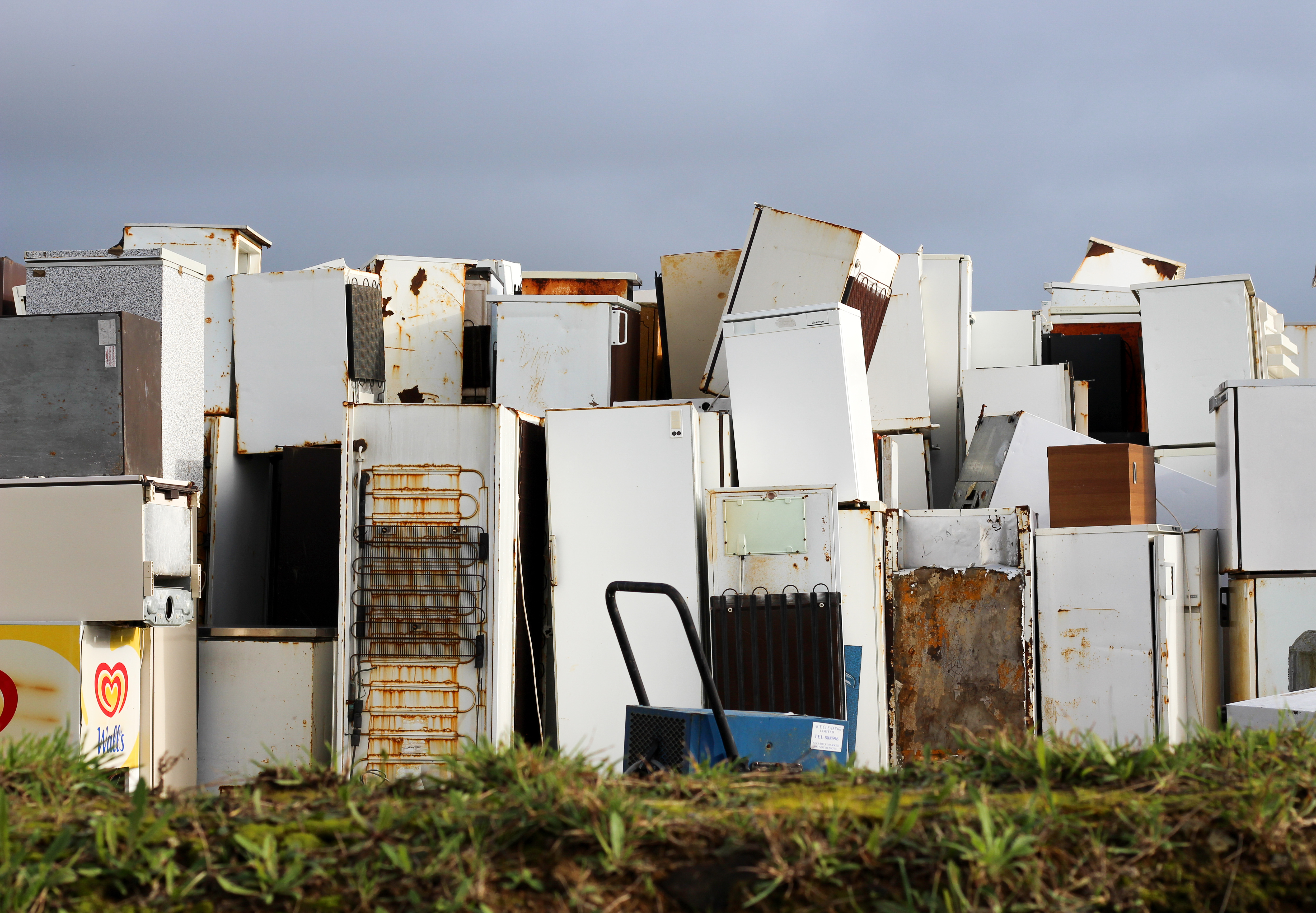 My list the first image I found that the pattern created by the sky, fridges and grass made not just an aesthetic result but also produced insights into our islands waste industry. What made me select this photo was how the blue cooler in the center of the image really broke up the symmetry and became the initial focus when skimming over the piece. I found that the wall of fridges really appealed to me as not only was it unusual but how it also reflect the sheer mass of items that have become unwanted to us.
My list the first image I found that the pattern created by the sky, fridges and grass made not just an aesthetic result but also produced insights into our islands waste industry. What made me select this photo was how the blue cooler in the center of the image really broke up the symmetry and became the initial focus when skimming over the piece. I found that the wall of fridges really appealed to me as not only was it unusual but how it also reflect the sheer mass of items that have become unwanted to us.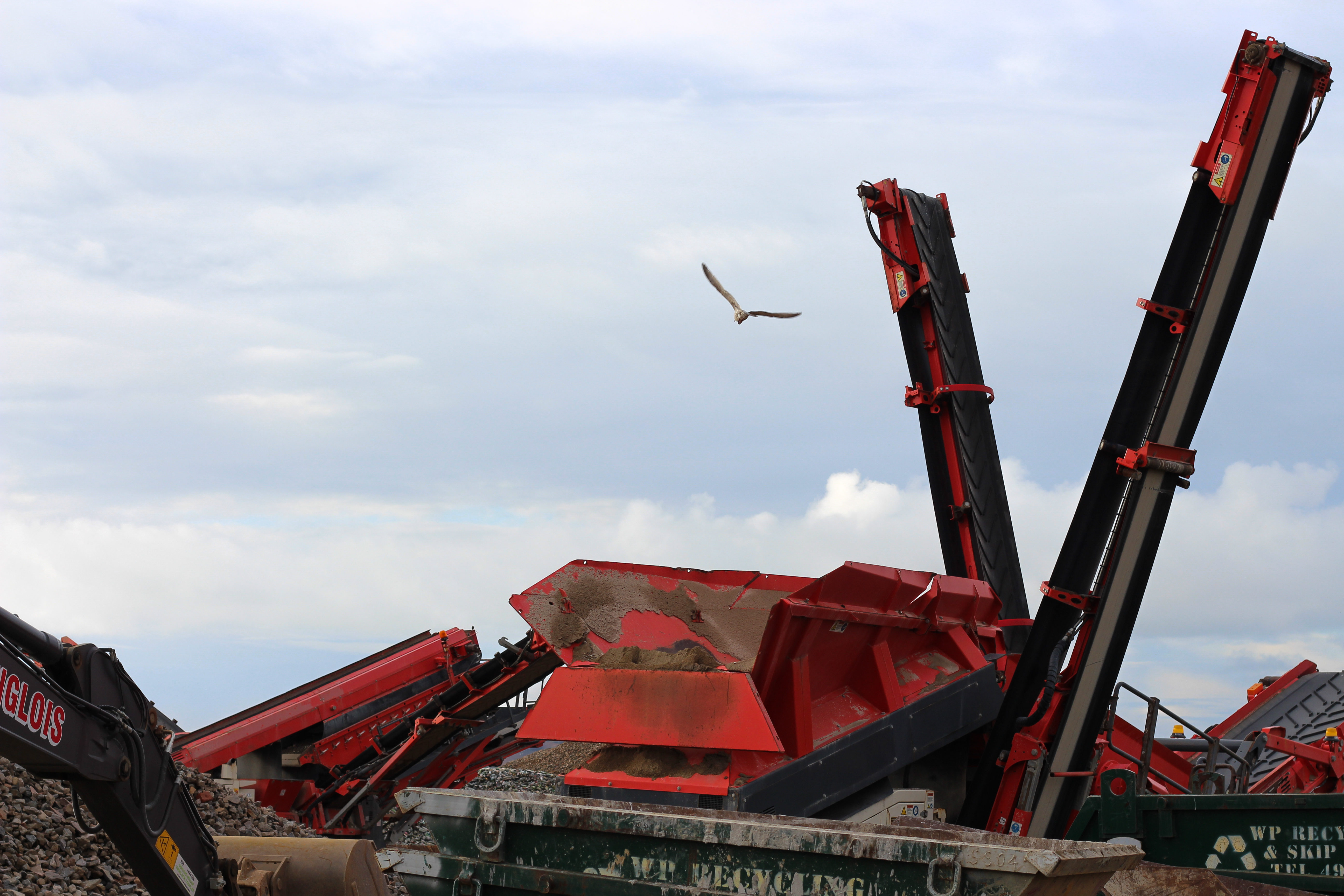 This image to me produced an impact through how the knowledge of what they are used for. The machines here are in the process of digging new landfills to dump rubbish in, in which the surrounding area is covered in seagulls living off the excess waste produced from of consumerism. The rest present in the image appealed to me through how it looked menacing and large compared to the rest of the landscape, but also how the wildlife such as the gulls centered their lives around the actions of how these machines operated.
This image to me produced an impact through how the knowledge of what they are used for. The machines here are in the process of digging new landfills to dump rubbish in, in which the surrounding area is covered in seagulls living off the excess waste produced from of consumerism. The rest present in the image appealed to me through how it looked menacing and large compared to the rest of the landscape, but also how the wildlife such as the gulls centered their lives around the actions of how these machines operated.  I selected this image because it shows the outcome of the machinery used above, where dirt has become mixed in with rubbish, completely changing the landscape through the piling of rubble carelessly thrown around abandoned areas. I really like the contrast between the dark colours of the dirt mounds and the clear sky, this is because of how it presents how out-of-place and unnatural the placement of the piles are, essentially scarring the landscape in the process.
I selected this image because it shows the outcome of the machinery used above, where dirt has become mixed in with rubbish, completely changing the landscape through the piling of rubble carelessly thrown around abandoned areas. I really like the contrast between the dark colours of the dirt mounds and the clear sky, this is because of how it presents how out-of-place and unnatural the placement of the piles are, essentially scarring the landscape in the process.  Finally I chose this image because it had the clearest contrast between man-made structures and nature in the entire shoot. This is represented through how the overwhelming pile of rubbish is overflowing across the road and only the green common, where a strip of dirt is seen as the only boundary holding back the tide of waste from flowing elsewhere. I especially like how the piece had been composed, as the majority of the picture is taken up by rubbish and the smallest section is filled with green grass, providing an insight into how we have treated out environment.
Finally I chose this image because it had the clearest contrast between man-made structures and nature in the entire shoot. This is represented through how the overwhelming pile of rubbish is overflowing across the road and only the green common, where a strip of dirt is seen as the only boundary holding back the tide of waste from flowing elsewhere. I especially like how the piece had been composed, as the majority of the picture is taken up by rubbish and the smallest section is filled with green grass, providing an insight into how we have treated out environment.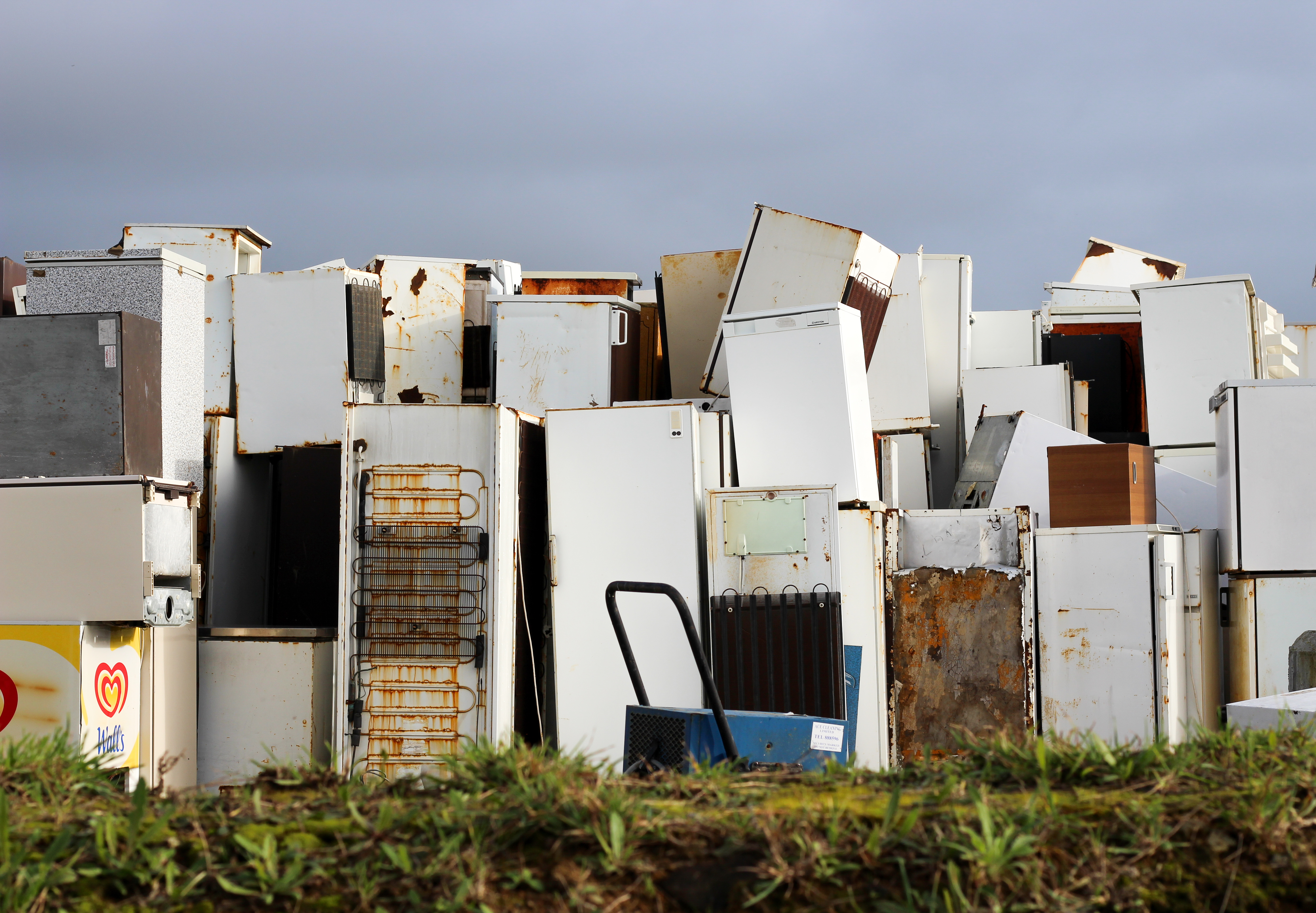 The reason I selected this image as my favorite photo from the entire shoot was because of its composition and symmetry, whilst explicitly putting across my view of how we are treating certain areas of Jersey. What drew me in was how careless the fridges were thrown on top of each other, however at the same time creates a pattern that suggests each fridge was placed with purpose to produce this wall of white. I also really like how certain objects in the wall broke up the white pattern such as the cooler, rust and holes which pop up from time to time between the fridges.
The reason I selected this image as my favorite photo from the entire shoot was because of its composition and symmetry, whilst explicitly putting across my view of how we are treating certain areas of Jersey. What drew me in was how careless the fridges were thrown on top of each other, however at the same time creates a pattern that suggests each fridge was placed with purpose to produce this wall of white. I also really like how certain objects in the wall broke up the white pattern such as the cooler, rust and holes which pop up from time to time between the fridges.



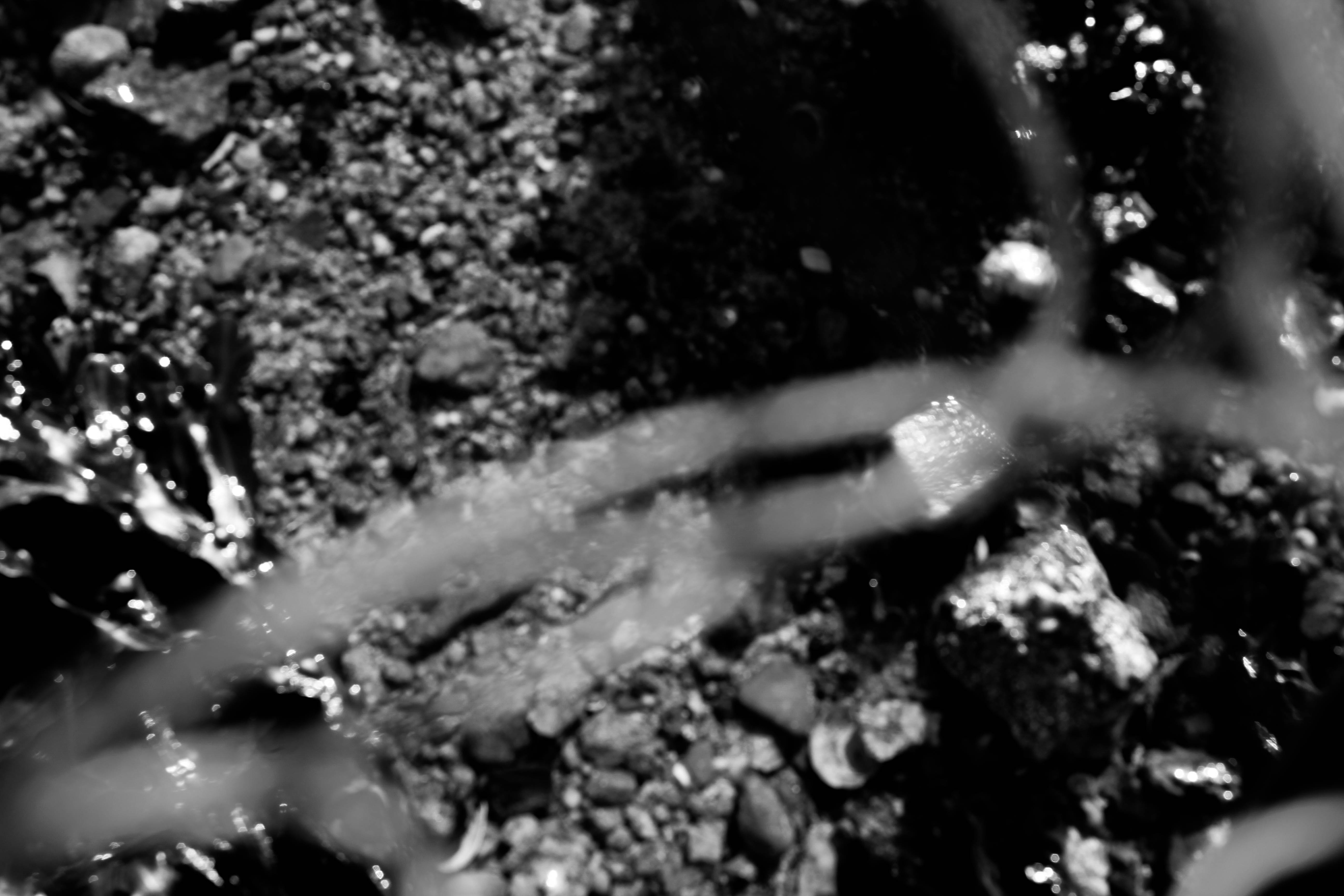
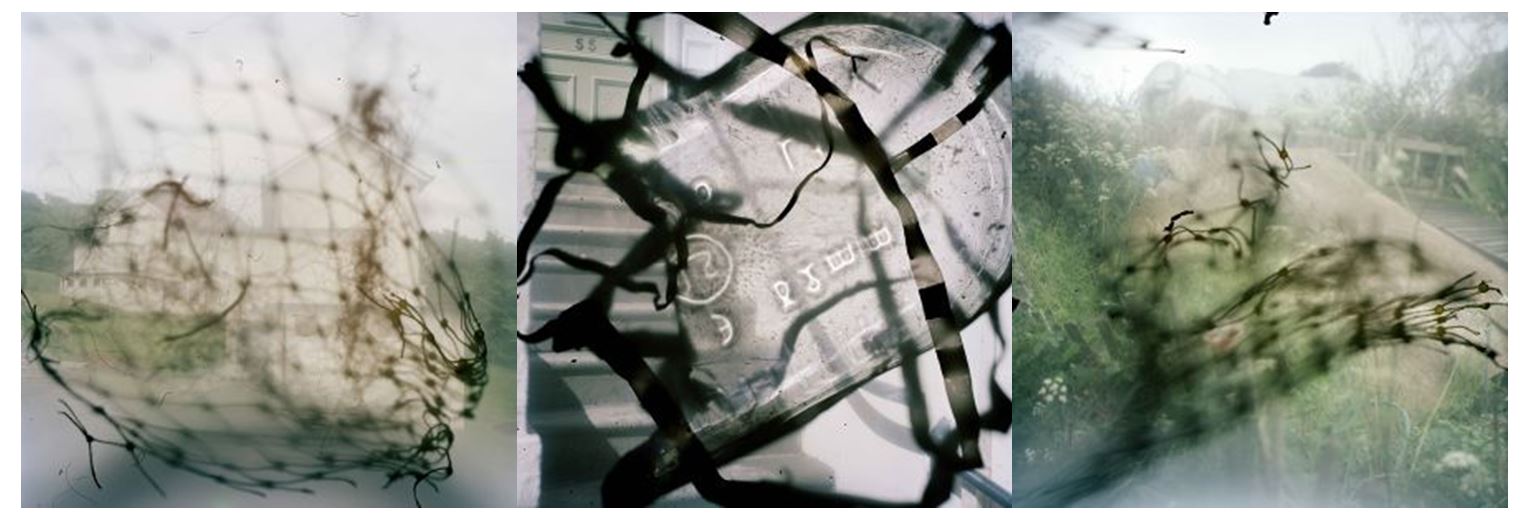
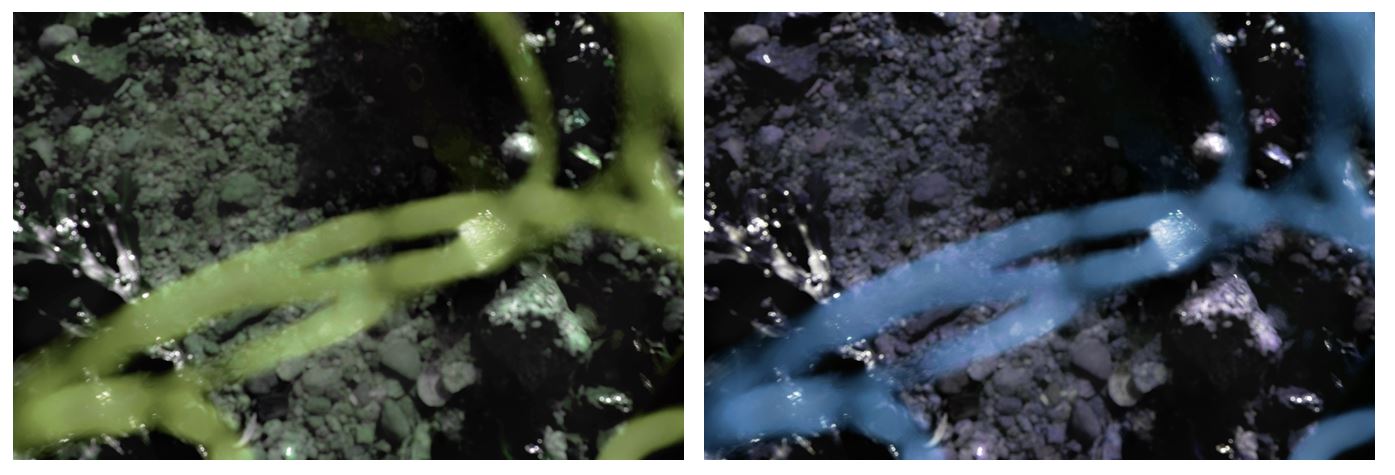
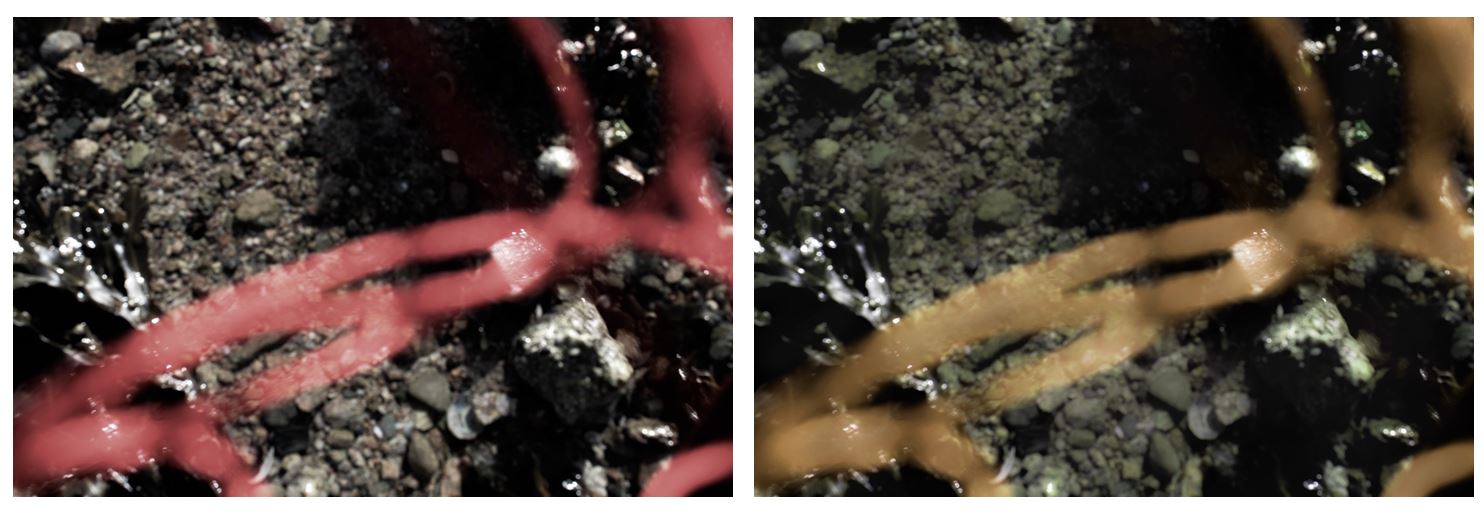
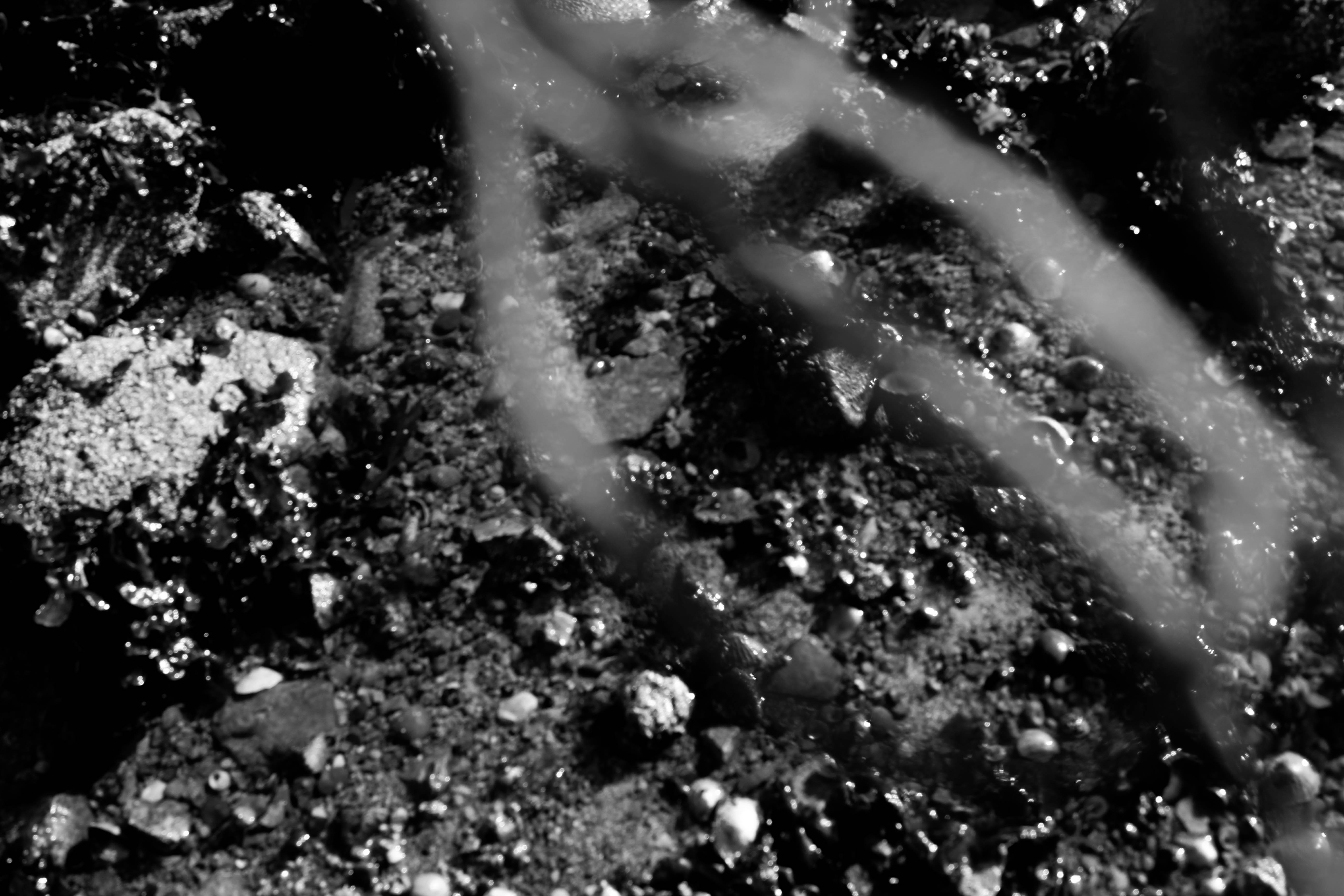
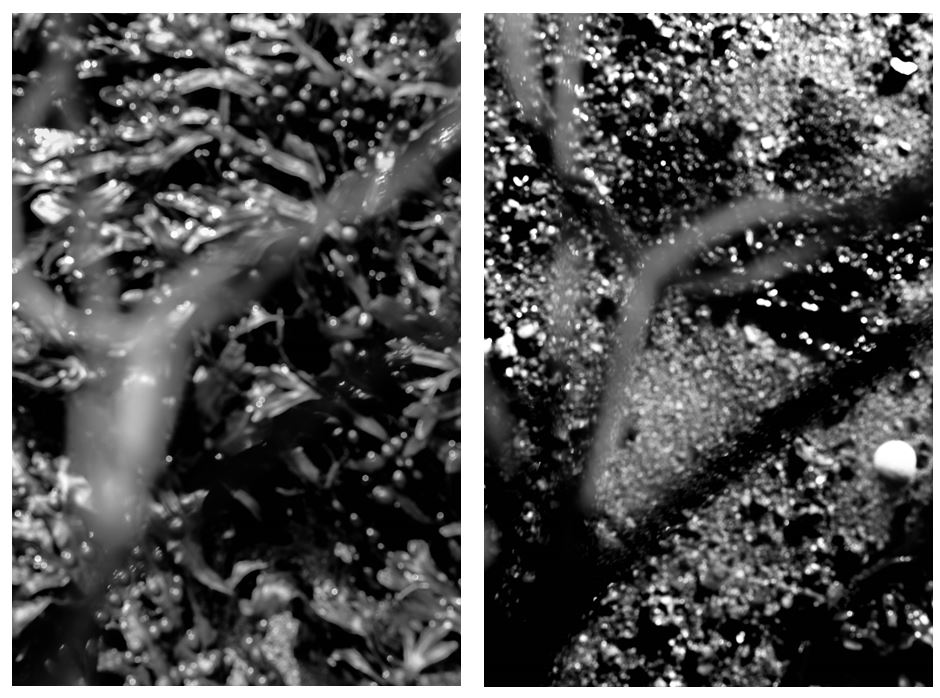
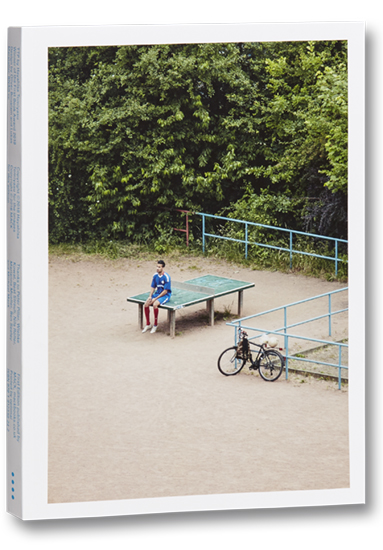
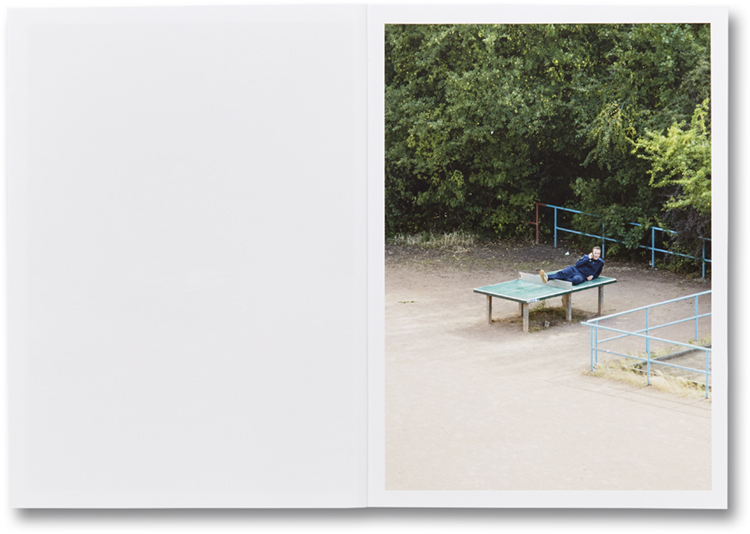
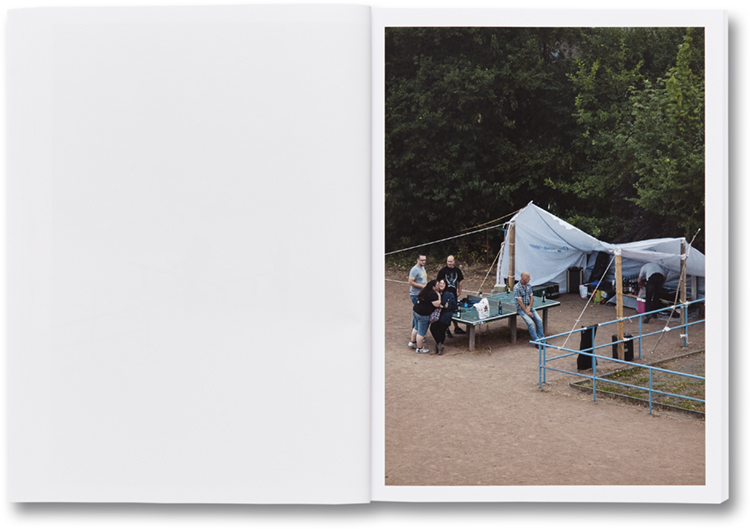
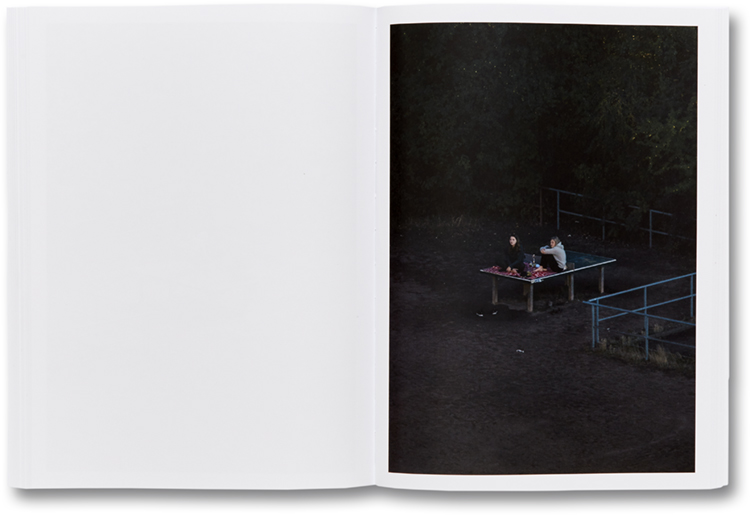 Between these pictures, it’s difficult to place the table in time and space. The pictures aren’t ordered chronologically or by people or activity, but there is a rhythm to them that appears in the small references between pictures – short series that play off one another. Time passes too, but this is marked only by the randomly changing seasons and light of day; slightly longer shadows, browner and fewer leaves on the trees, melting snow, puddles that appear and evaporate. The table is a strange place, there are no pictures outside of the frame just person after person, table after table. The restricted view of Tomiyasu’s lens and the variety of people and their generic European fashion makes it difficult, if not impossible, to know exactly where the table is. The table is a secluded world, one that attracts but doesn’t hold people.
Between these pictures, it’s difficult to place the table in time and space. The pictures aren’t ordered chronologically or by people or activity, but there is a rhythm to them that appears in the small references between pictures – short series that play off one another. Time passes too, but this is marked only by the randomly changing seasons and light of day; slightly longer shadows, browner and fewer leaves on the trees, melting snow, puddles that appear and evaporate. The table is a strange place, there are no pictures outside of the frame just person after person, table after table. The restricted view of Tomiyasu’s lens and the variety of people and their generic European fashion makes it difficult, if not impossible, to know exactly where the table is. The table is a secluded world, one that attracts but doesn’t hold people.